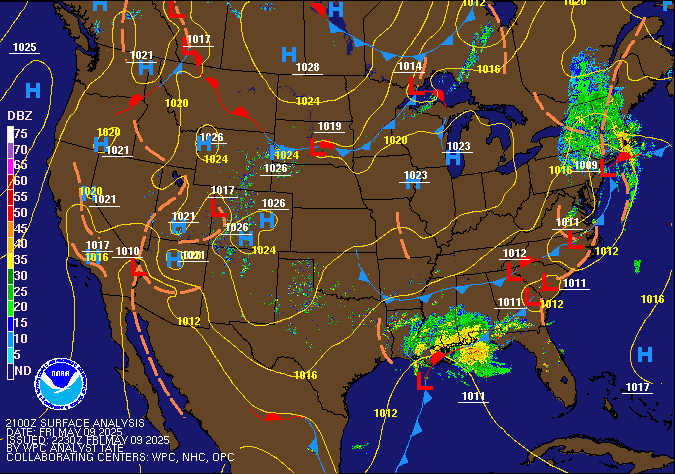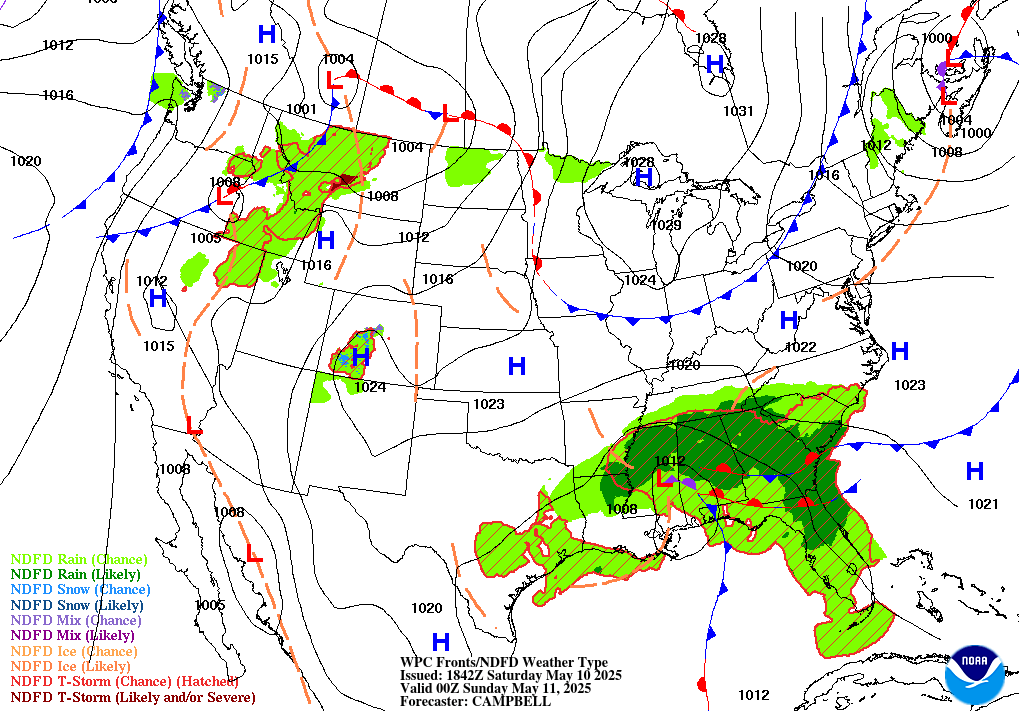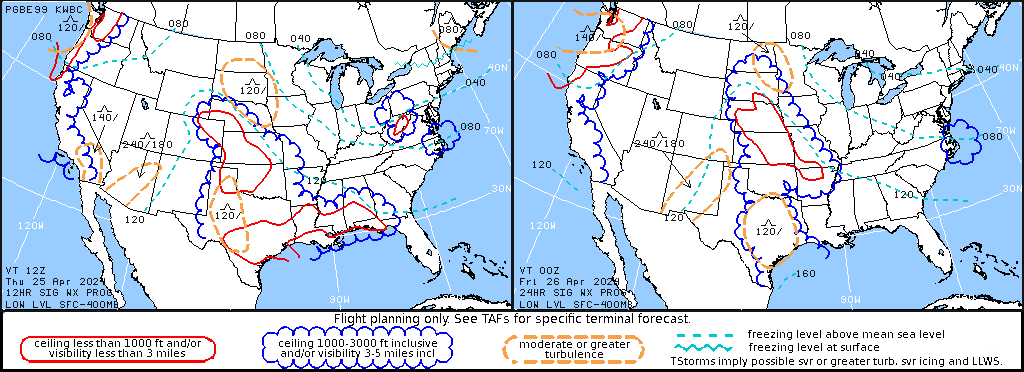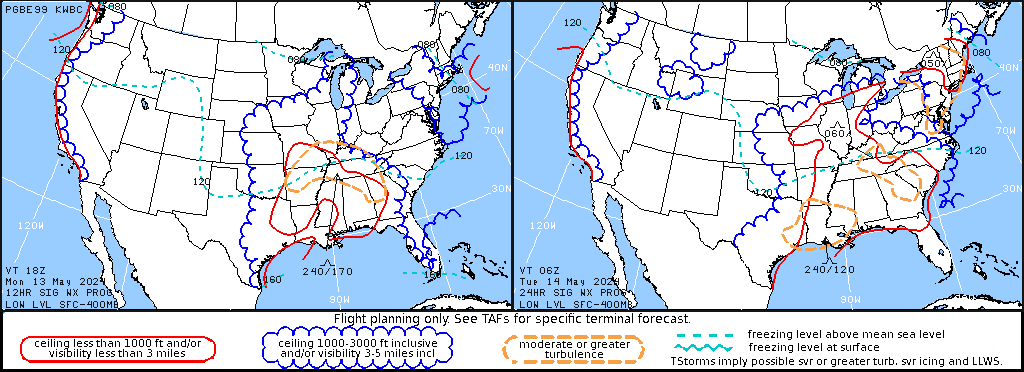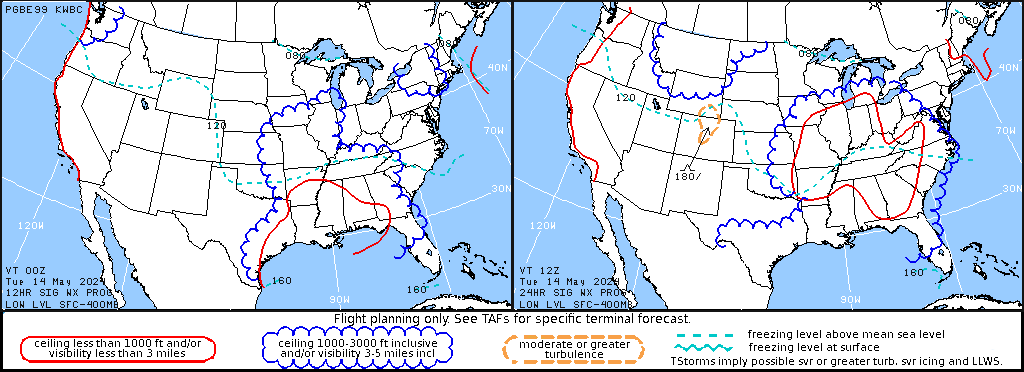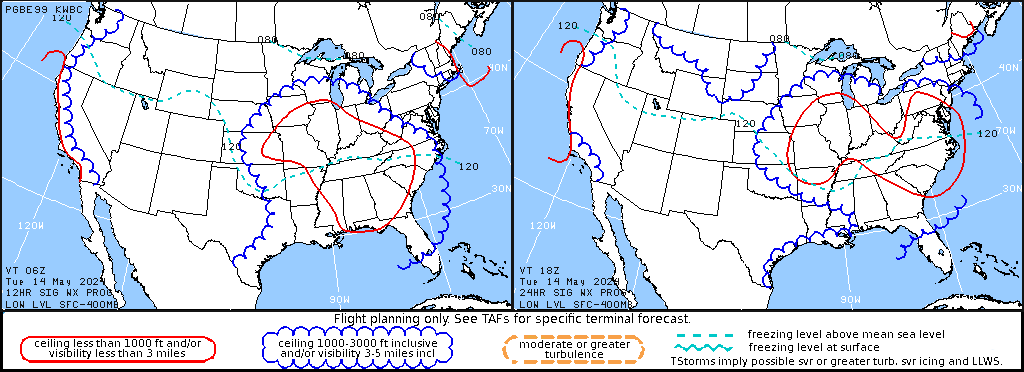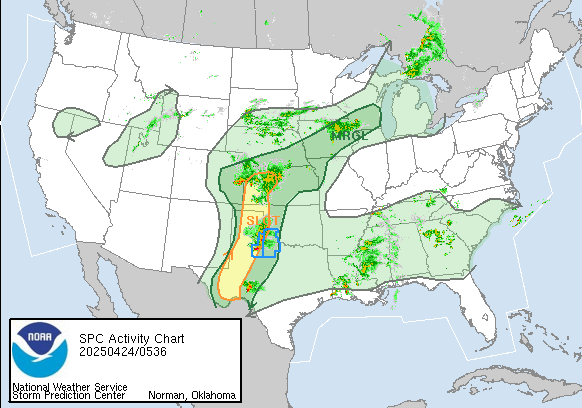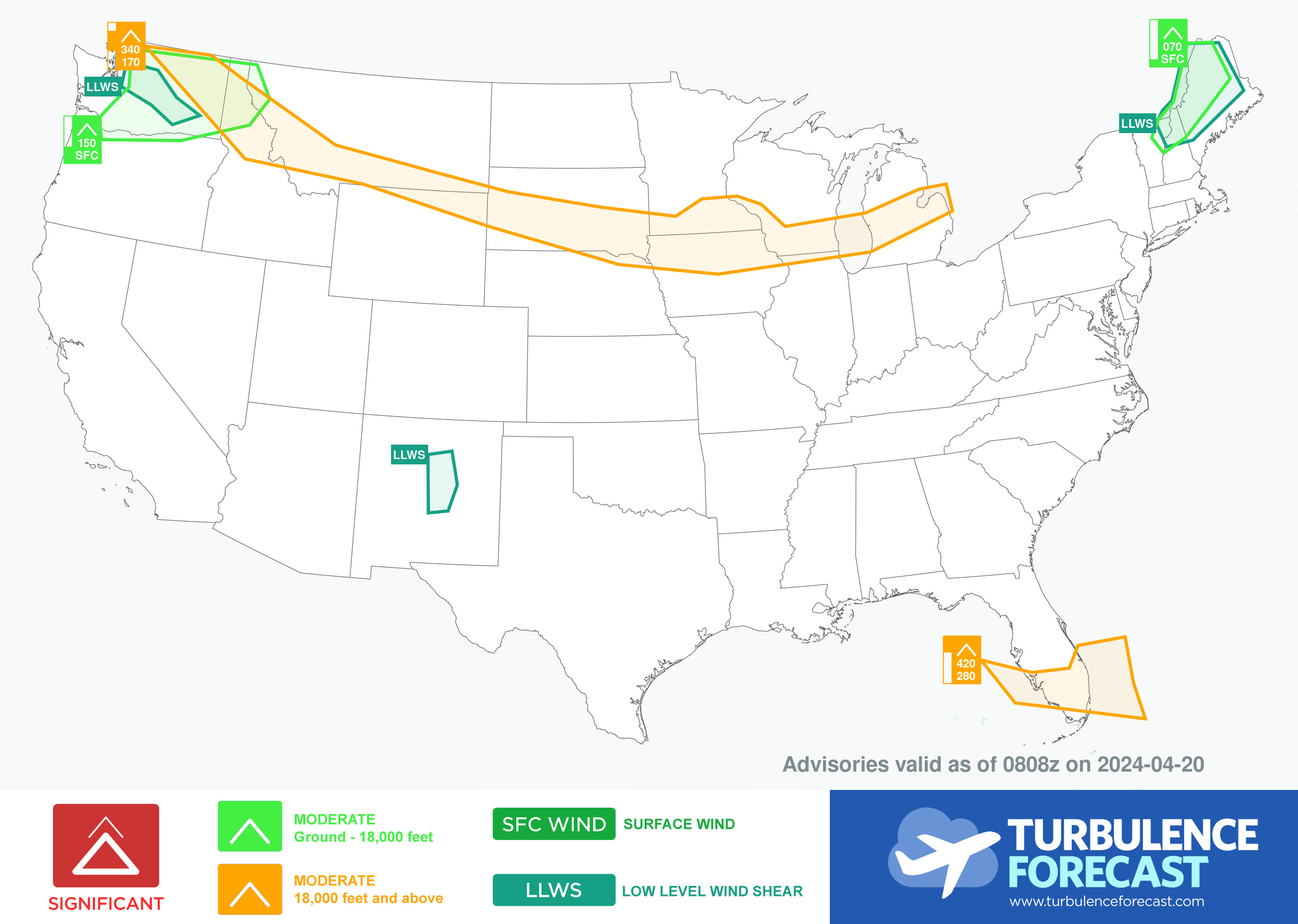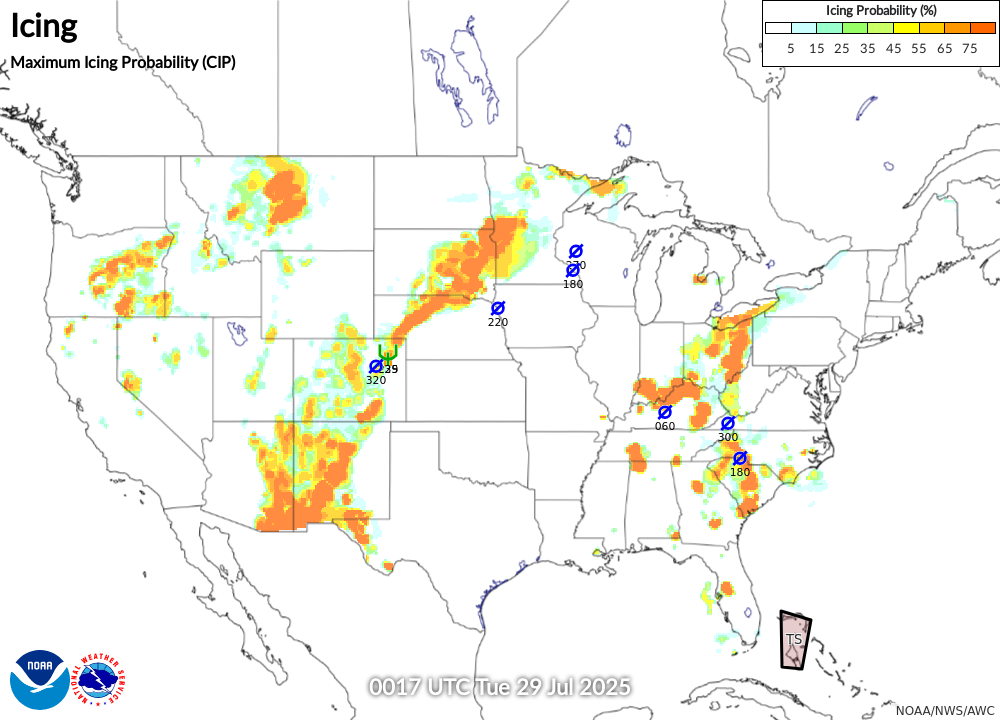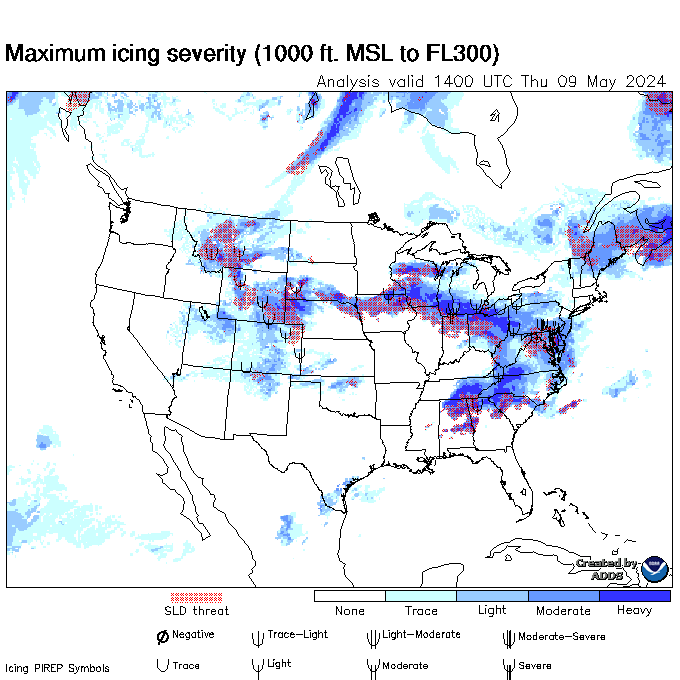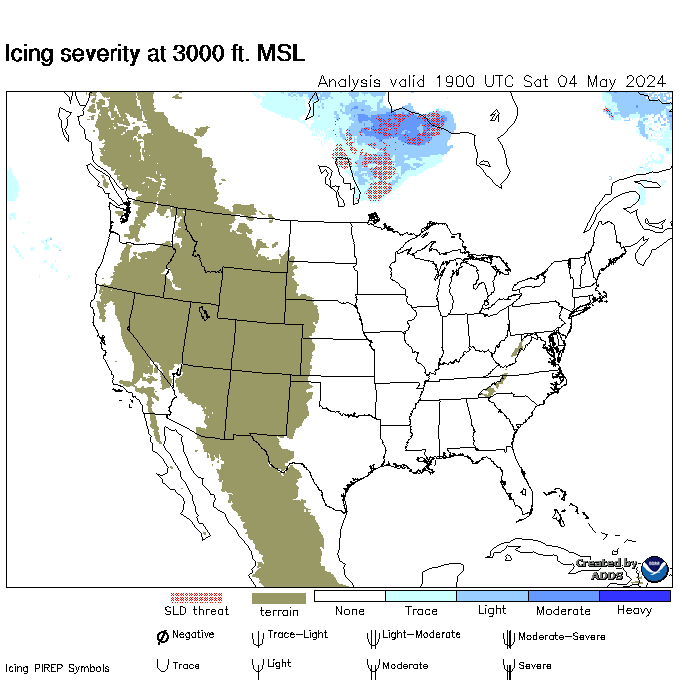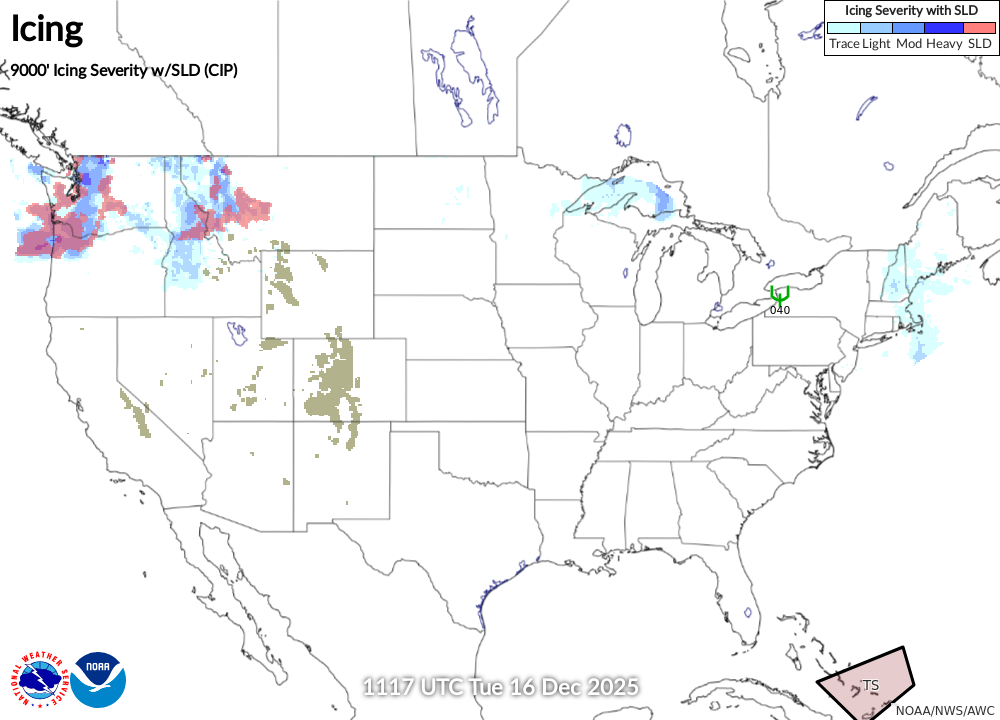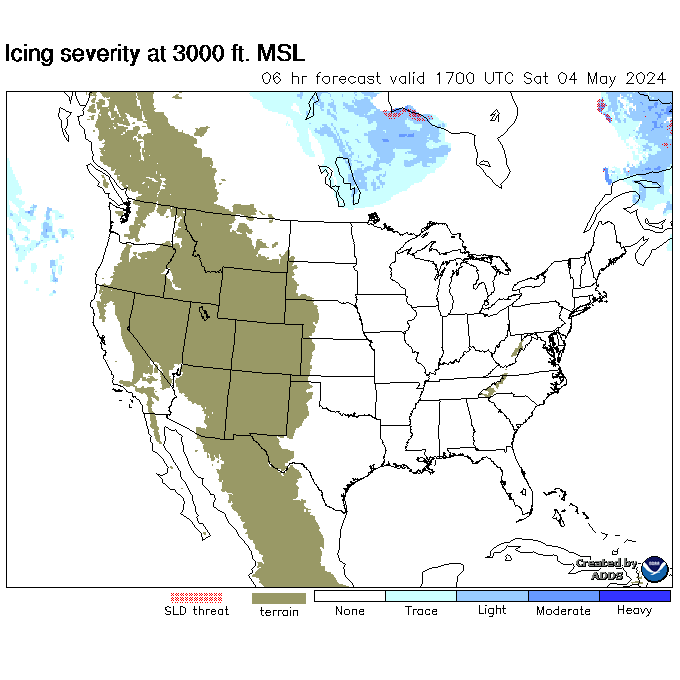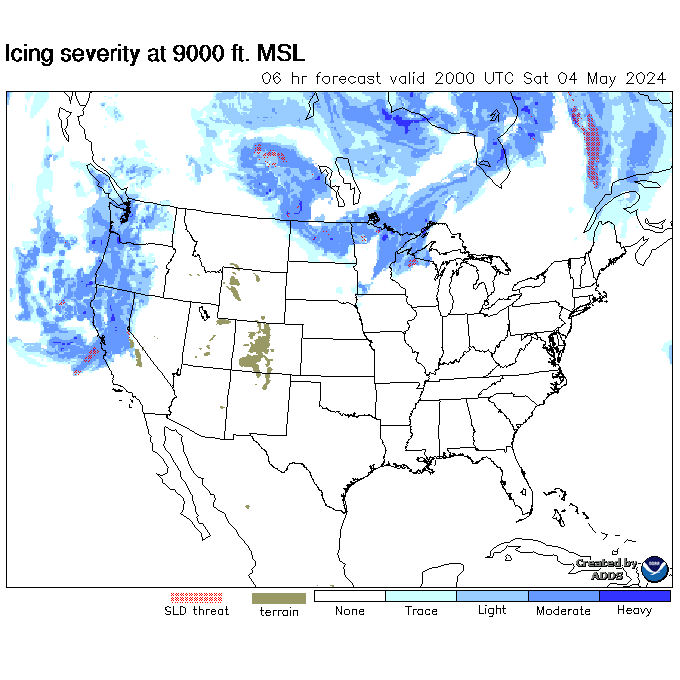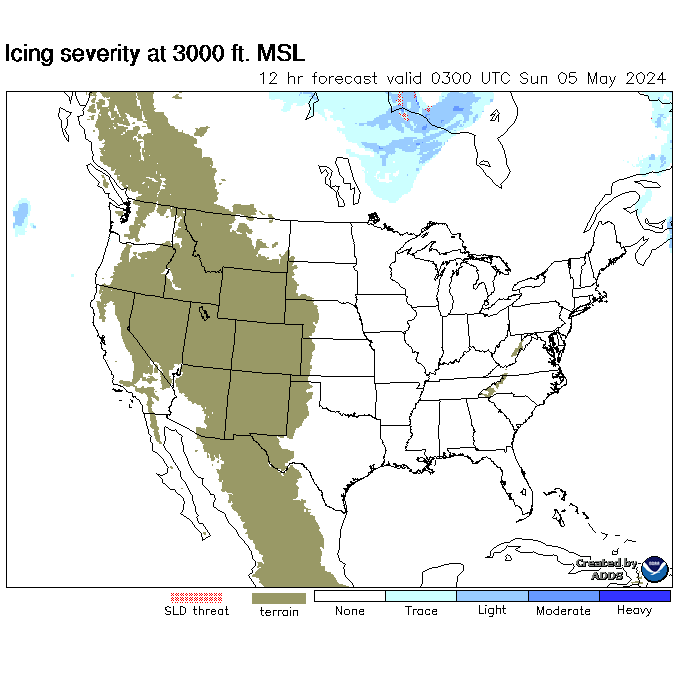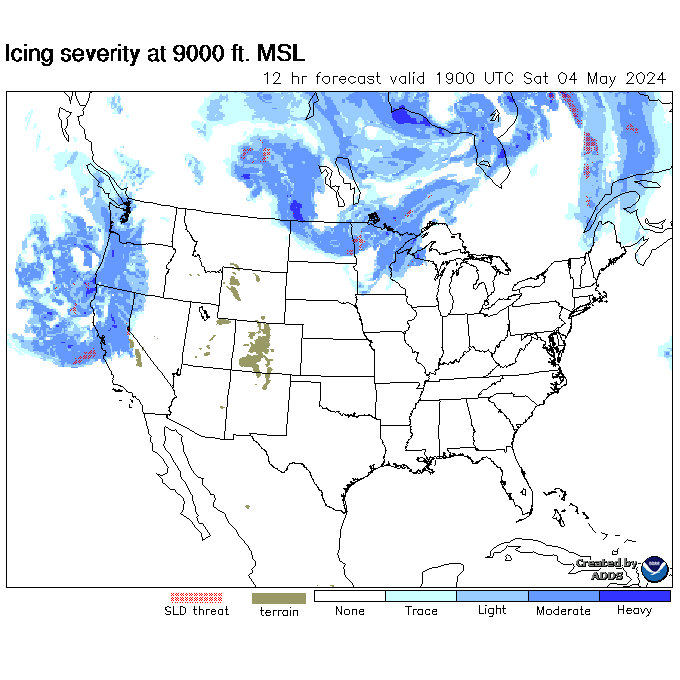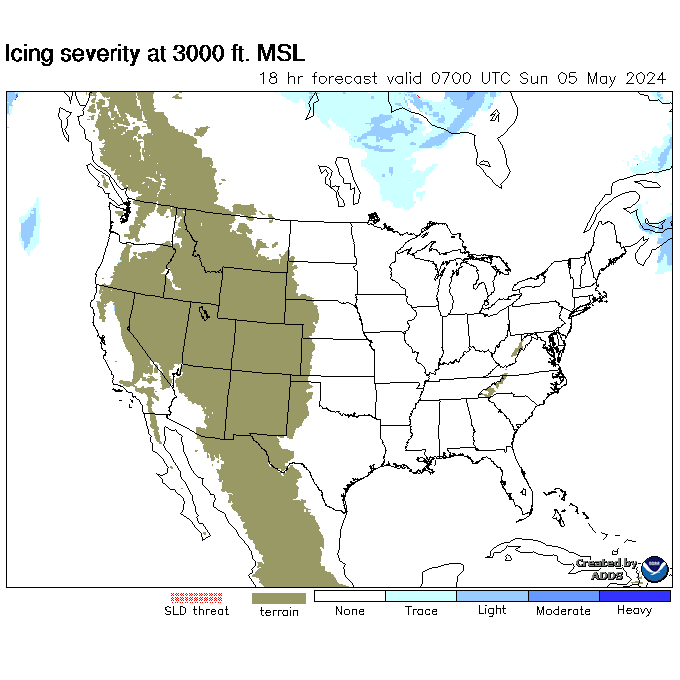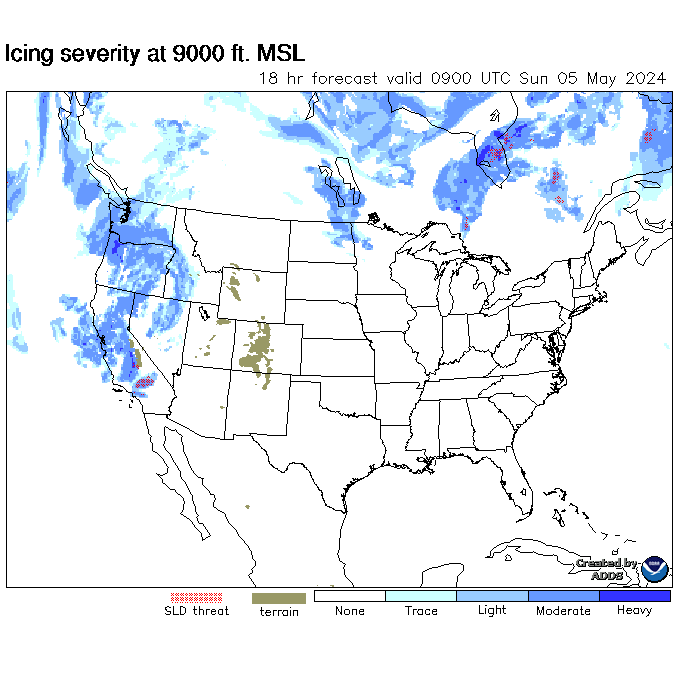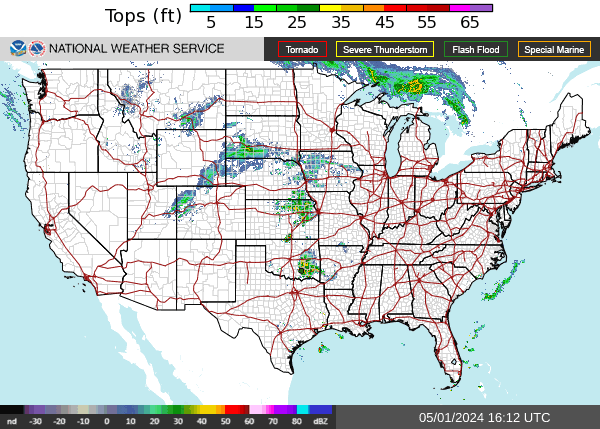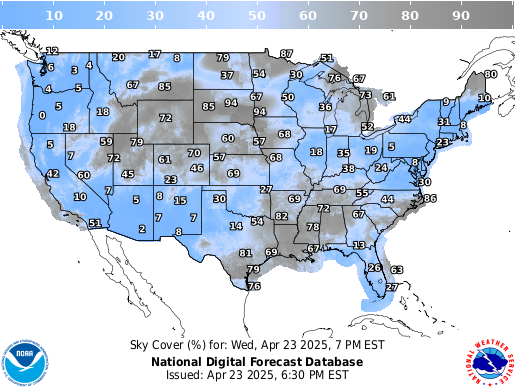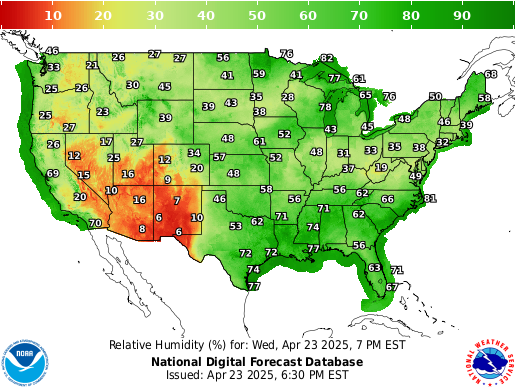 Aviation Weather
Aviation Weather
General Aviation's Weather Center, including Airport and Pilot Information
Current 24hr 48hr Jetstream 10-Day Forecast Monthly Average Temperatures Monthly Precipitation History Aviation Weather,
IFR, Ceilings, Icing, Turbulence, Dew Point Skew-T Log-P Charts NOAA Weather Advisory Charts North American Six-Day Forecast Charts Global Winds & Atmospheric Pressure Ocean Weather Ocean Temperatures Americas & Oceania Weather European & African Weather Asian Weather Climate Information Climate News Climate Change Summary The Earth Is Getting Greener! Other Weather Sources Worth Mentioning
Makes Clear a Lot of Facts Remembering 9/11 President Trump's First Three Years Everyone is Smart but Trump Climate Change – a Political Tool Politics Trumps Economics Redux Who Are the Good Guys? Slavery Today! Politics Trumps Economics Why America is Great Economic Arteries Socialism guarantees failure and misery,
so why do so many Americans want it? And More ...
